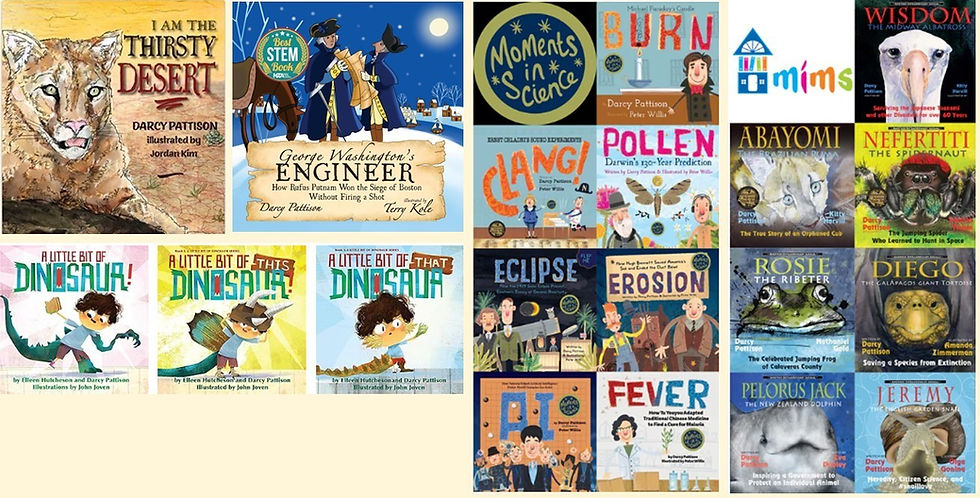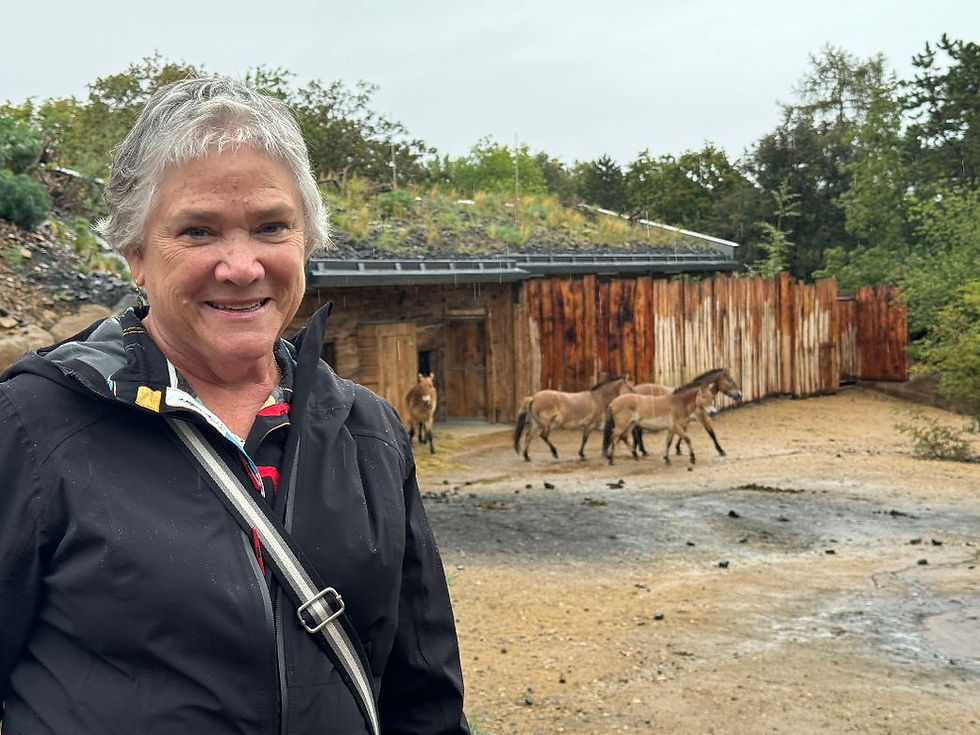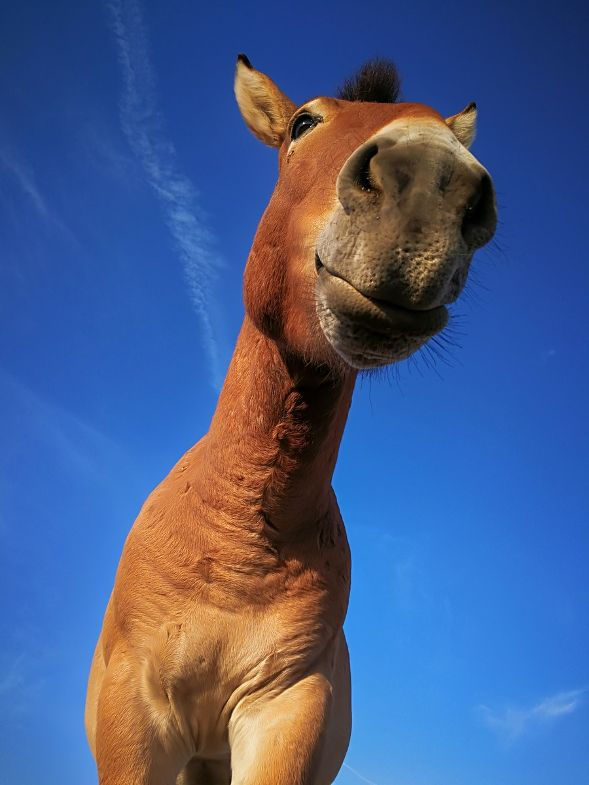The Picture Book Buzz - Interview with Darcy Pattison
- Maria Marshall
- Jul 6
- 7 min read
We must not stop telling our stories! Else those lost in the dark will never find their way home.
~ Darcy Pattison
Darcy Pattison is a children’s book author and indie publisher. She writes award-winning fiction and non-fiction books for children.

Pattison grew up in the mountains of New Mexico where she helped her brothers catch spiders and insects for their collection, tried to corral horny toads, side-stepped rattlesnakes, and climbed the Continental Divide. She loves to write about wildlife, science fiction, and the kittens of KittyTube.
Today, Darcy brings that passionate curiosity to real and imaginary worlds, writing books that bring the worlds into focus for kids who also want to know, who need to know more. Her stores evoke the wonder of our world. They bring satisfaction to kids who need to know. But always leaving them eager to know more.

She is the author of over 70 books, including I Am the Thirsty Desert (2023), George Washington's Engineer: How Rufus Putnam Won the Siege of Boston without Firing a Shot (2023), A Little Bit of That Dinosaur (2023), A Little Bit of This Dinosaur (2022),and A Little Bit of Dinosaur (2021), and the Moments in Science series - Aquarium: How Jeannette Power Invented the Aquarium to Study Marine Life (2023), Fever: How Tu Youyou Adapted Traditional Chinese Medicine to Find a Cure for Malaria (2022), A.I. How Patterns Helped Artificial Intelligence Defeat World Champion Lee Sedol (2021), Erosion: How Hugh Bennett Saved America's Soil and Stopped the Dust Bowl (2020), Eclipse: How the 1919 Solar Eclipse Proved Einstein’s Theory of General Relativity (2019), Pollen: Darwin’s 130-Year Prediction (2019), Clang! Ernst Chladni’s Sound Experiments (2018), and Burn: Michael Faraday’s Candle (2016). And the Another Extraordinary Animal series - Pelorus Jack, the New Zealand Dolphin (2024), Diego, the Galápagos Giant Tortoise: Saving a Species from Extinction (2022), Rosie the Ribeter: The Celebrated Jumping Frog of Calaveras County (2019), Nefertiti, the Spidernaut: How a Jumping Spider Learned to Hunt in Space (2016), Abayomi, the Brazilian Puma: The True Story of an Orphaned Cub (2014), and Wisdom, the Midway Albatross: Surviving the Japanese Tsunami and Other Disasters for Over 60 Years (2013).
Her newest nonfiction picture book, NOT Extinct: The Przewalski's Horse Returns from Extinct in the Wild, releases on July 10th.

Welcome Darcy, thank you so much for stopping by to talk about your newest book and your writing. And thanks for sharing this great picture from the Prague Zoo!
Having written a number of nonfiction picture books, what is your research process? Did it change at all for NOT Extinct: The Przewalski's Horse Returns from Extinct in the Wild?
Many of my nonfiction books are about an important scientific discovery, so they are a combination of history and science. But NOT Extinct is different.
Two years ago, we hosted a high school exchange student from Prague, Czechia. After he returned home, we decided to visit him and another former exchange student in a big trip to Europe. When I travel, it’s fun if I can include some book research.
I saw a news report about an endangered species, the Przewalski’s horse, also known as the P-horse. Prague Zoo just helped return the P-horse to its native lands in Kazakhstan. That set off a whirlwind of research, reading about the species, its history and its current status. At one point in the 1950s, it was considered extinct in the wild. An intensive breeding program in zoos brought the numbers up until in the 1990s the scientists started trying to return the P-horse to the wild. Today, there are over 3,000 horses around the world.
I realized that I had a unique opportunity: I emailed Prague Zoo and asked for an interview. When they granted it, I was thrilled.
It's so cool how that all lined up! What was your inspiration or spark of interest for NOT Extinct?

Prague Zoo’s initiative, The Return of the Horses, was inspirational. At great cost and effort, over decades of work, European scientists were trying to return the P-horse to its native lands. Why does that matter? Because human activity drove them to near-extinction, and human activity has turned that around. The species is still considered endangered, but smart management has increased its chances of survival. I find this a fascinating story, from death to resurrection.
This is an inspiring story! There have only been a handful of animals, so far, that humans have been able to bring back from the brink - including, the California condor, the Bald eagle, Peregrine falcon, Sea otter, Blue whale, and Rodrigues fruit bat, I am so glad the P-horse is making a comeback. What was the most rewarding part of the publishing process for NOT Extinct?
Prague Zoo, along with other scientists around the world, have labored for decades to save the P-horse. They have documented that work with photos. Prague Zoo graciously allowed me to use some of those photos to illustrate this book. The cover is a photo by Miroslav Bobek, the Director of Prague Zoo. Using real photos of these rare animals was a thrill.
Another photo came from Kate Jenk, a biologist who formerly studied the P-horse. Photo research to find the remaining photos was interesting. For one photo, I knew that a Chinese scientist had taken the photo, but I couldn’t find her contact information. Eventually, we had to purchase rights to use the photo from a stockphoto site. For an endangered species with only few individuals alive, the number of photos from which to choose was surprising.

That definitely sounds like both a challenge and lots of surprising fun. What was the hardest, or most challenging part of researching and/or writing NOT Extinct? Was there anything you wished you could have included in the text or back matter?
More photos!
But beyond that, the story of saving a species from extinction has many scientists, many successes and failures, and many individual animals. There’s enough intrigue, politics, and human drama in this story to fill an adult nonfiction story. For example, many of the horses were killed in World War II bombings, a significant setback. Or, as detailed in the story, the harsh 2009 and 2010 Mongolian winters killed over 50% of the Mongolian P-horse herd. I can state that fact, but I can’t bring to life the anguish this caused the scientists in the field.
A children’s book means that the story contains highlights or big moments. Choosing what to include and exclude was very hard. It’s further complicated by the limited scientific understanding of a child. When scientist try to bring back a species from extinction, it’s ideal to have a large genetic population to draw from. Instead, the P-horses today came from only twelve individual horses. The genetics of inbreeding is difficult work and it’s important to choose mates carefully to keep the genetics as varied as possible. That discussion isn’t appropriate for a children’s book. I needed to know it to write the book, but very little is mentioned in the book because kids won’t understand it.
Or consider that one place the P-horses are currently thriving is the Chernobyl Exclusion Zone, the area around the 1986 failed nuclear plant in Chernobyl, Ukraine. People aren’t allowed there because of continuing radiation dangers. But a herd of P-horses roams the land, untroubled by humans. Will radiation affect future generations? We don’t know.
Or think about how hard it is to transport a P-horse thousands of miles from Europe to Asia. I could write an article about everything I learned about just that.
Writing a nonfiction children’s book is always a matter of picking and choosing information to include and to exclude.
Thank you so much for sharing these fascinating tidbits. I selfishly hope you do write an adult book on the P-horse. What is your favorite spread?

When I thought about what kids would or wouldn’t know about the P-horse, I realized the key word was “horse.” That meant I needed to compare the P-horse to the domestic horse.
It's fascinating how even though they are very different in many ways, these horses still share some characteristics. Is there something you want your readers to know or hope they discover about NOT Extinct?
I hope kids will understand that human activity can destroy or save a species. It’s our choice. It choices in the past mean that a species is endangered, scientists can still turn it around and save the species. Foal by foal, the P-horse has returned from the designation of extinct in the wild. They are NOT EXTINCT! We did it!
This is such a poignant and inspiring story. Are there any projects you are working on now that you can share a tidbit with us?
When we went to Europe to see our former student from Czechia, we also went to Poland to visit another former exchange student. While in Poland, we visited every site related to the famous scientist Copernicus: his birthplace, his university, and the cathedral where he worked for 40 years. Coming in 2026 is NIGHT: How Copernicus Made the Sun Stand Still and the Earth Move.
Ooh, I can't wait to read this book! We'll definitely have to keep our eyes open for it. Last question, what animal or natural feature (place) do you want to learn more about? Why?
My grandson is fascinated with the platypus, and he’s drawn me in. Platypuses are small, only four pounds. Did you know the male platypus has poisonous claws on his hind legs? They eat their weight in worms and crayfish daily. And the only place they can be found outside of Australia is the San Diego Zoo in the US. There are lots of intriguing ideas here!
Thanks so much, Darcy for stopping by. It was wonderful to chat with you.
To find out more about Darcy Pattison, or contact her:























So interesting to know that Darcy has done research on an animal that has been near extinction for so long. I'm also working on a picture book about the Panamanian golden frog and how scientists are trying so hard to keep it from total extinction. We should all care about the importance of keeping all of our creatures on the planet alive and thriving!!